
13 best VOIP Practices You Should Know and Advantages of VoIP
VOIP, also known as Voice over Internet Protocol is a new means of communication that has proven to be easier, faster, and more reliable for taking charge of a lot of areas of the profit-making establishment. It has received a lot of accolades for its use more often in the business landscape which has lead to the growth of a lot of businesses through effective, immediate communication that breaks geographical borders with such perfection. After all, in today’s era, the role that communication plays in business is indispensable. That’s why we made this list of the 13 best VOIP practices you should know.
One of the standout features of this communication tool is its cost-effective approach to business, which guarantees to spend less but getting more desired results through its ability to reach out to the target receivers of a product and service in real-time.
As against the old way of communication, the analog to communicate through the telephone, VOIP has gone to stamp its authority as a means of communication that will stay relevant as a veritable tool for target business communication.
VOIP uses the internet, though the telephone was able to communicate without borders VOIPs use of the internet brings a whole lot of features and advancements to the business world.
One of them is real-time communication that is unobstructed by network glitches, conference communication since all communicators are all doing business at the same time without any pause or overload.
This has effectively changed the dynamics of one-to-many and many-to-many forms of communication.

Business is practically hinged on VOIP because of the advantages that come with it — which are the perfect description and exemplification of communication without any cog or problems, no worries about call-tariffs or call fees or fares.
These commonly are the things business owners usually have to worry about.
The bills pile up time and again, especially when call service providers realize that the business needs its service, with VOIP because do not need the services of call service provider, all they need do is to just pay for the internet which is a lot cheaper than the latter.
So what are the VOIP best practices that will help in a whole new way that you never thought of?
Let’s consider a few:
1. Prioritize call quality over data
The first of the VOIP best practices is call quality. You should have it at the back of your mind that quality of voice is way important than data. This is because the quality of voice is what controls even the amount of data to be collected.

Ensuring excellent call quality in VoIP cannot be over-emphasized. Given that smartphones and other mobile devices have become the norm of communication for many people all around the world — both for personal and business operations.
How do you measure call quality, you ask?
According to Gary Audin and Dr. Fiona Lodge, “When it comes to call quality, there should be a dial tone. More importantly, parameters should be determined and objectives set and measured for their effective delivery. This is how to measure call quality.”
Being able to connect to Wi-Fi network is the fundamental benefit of voice call. Especially when it’s done over the internet address or protocol.
As such, more priority should be placed on voice quality over data, this is much more attractive to people — besides, no one wants to be straining their eyes before making out words in a conversation.
2. Determine Bandwidth quality
Bandwidth requirements are a crucial part of VOIP best practices and should also be determined, don’t go out with the notion of reducing voice call quality or compressing voice calls. Suppliers are always exaggerating compression, bandwidth such as 3-to-1 are commonly advertised often because it’s very compressed.
This might be good for some, but it will affect the voice quality greatly, so it’s better to stick to 2.5 to -1 to get a balanced service quality. More so, the quality factor that puts into consideration the ratio of the center frequency of the bandwidth.

An important reason for ensuring the bandwidth quality is to be able to ensure continuous and smooth service delivery when performing tasks via Voice over Internet Protocol methods.
You should also bear in mind that the QoS (Quality of Service) uses networking technology and tactics to track and report data related to network uptime, error rates, latency, throughput, and other performance indicators of the network.
3. Take your time to understand global government toll bypass regulations.
This cannot be emphasized enough because knowledge of this is needed when using VOIP in your business.
This will give you a good idea of what is legal and what is not. In some countries, it might be illegal to offer five-digit dialing for international calls when you are calling from one country or calling to one country or the other.
One of the brands at the forefront of VoIP is Nextiva. The brand has successfully simplified VoIP and PSTN calls with logical partitioning methodology — thus the new design has made it synced a single phone line; simplified dialing, adhering to regulatory compliance, and reduced cost.
Voice over Internet Protocol (VoIP) is very promising, especially for businesses that want to connect and communicate with their customers faster and smoother.
Hence, you discover these days that a lot of trusted companies, both small and large are switching from traditional landlines to VoIP networks. The benefits are glaring for all to see. The obvious ones:
- It saves cost
- Data integration is easy
- It’s portable
And so on.
Sadly, there’s a legal aspect of VoIP which businesses must not ignore. This is important if your business wants to enjoy all the benefits without encountering hiccups on the way.

Remember that with any new technology, the government is always out to regulate its operation. You have to understand this change and how it might impact your own endeavors in both the short-term and long-term basis.
4. Increased visibility gives better performance.
Stick to using a centralized network management tool to boost performance as well as ensure stable performance. [source]
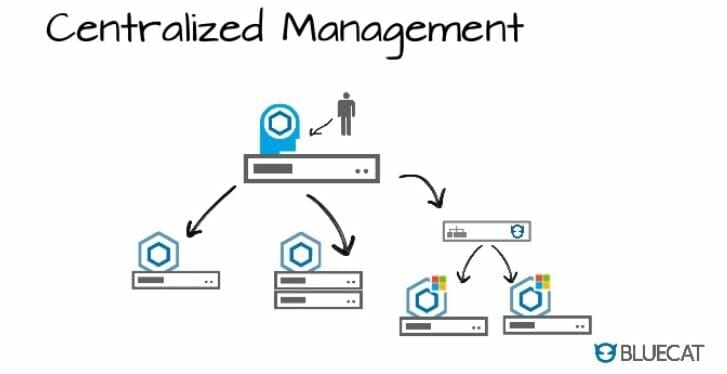
Using a centralized management tool means you will take advantage of support for centralized developments and changes as well as configuration management. This centralized management delivers:
- Configuration control is easily deployed for many servers.
- An effective server management to minimize cost and effort of maintaining and managing the platform as your organization expands.
- An avenue for configuring systems and services and automated processes.
- A centralized methodology for minimizing cost, managing, monitoring, and coordinating the effort of operations.
5. Don’t jump from one VoIP ship to another.
Using multiple VoIP providers might seem like a good idea for a rainy day. But it’s not always a good idea in the end.
It’s better to just stick to one so as to avoid the finger-pointing when technical issues arise, plus you would be creating a major headache for yourself when it comes to integrating telephony products on your multiple VoIP.
Several studies have shown that sticking to one network is an effective way to eliminate echo on a VoIP phone. Besides, it is near impossible to integrate telephony products on several VoIP. The focus is essentially the best way to get clear signals and calls over internet protocol and achieve a unified messaging port throughout your VoIP communication.
6. Form the habit of continually testing your VoIP system.
Monitoring your VoIP system has a lot of advantages you might never know, but monitoring and testing all day helps you stay ahead of security weaknesses that might be discovered, giving you the advantage of being on the safer side.
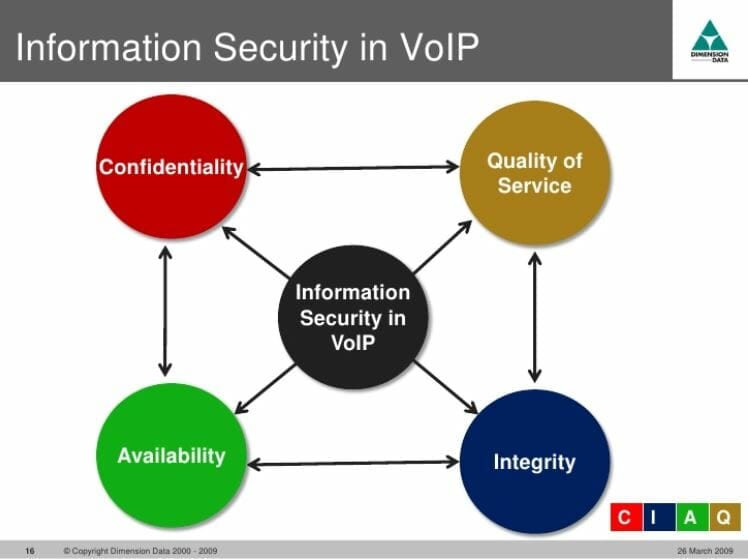
However, not monitoring and testing consistently might spell doom because a security breakdown might happen any time and some bad guys out there might take advantage of this opening to suck the life out of your VoIP.
7. Be conversant with address spoofing and packet sniffing.
There are common service attacks that come with VoIP. One of them is DDoS attacks. This massive DDoS attack was a turning point on the internet, given that it came in the form of an invasion of invalid VoIP registration requests.
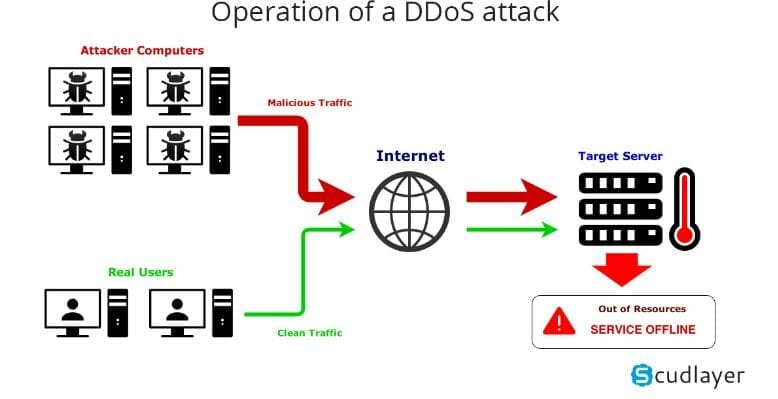
This attack led to a widespread service disruption for several days in late March 2011 and cost a lot of companies thousands of dollars in customer credits.
However, call-handling software might just be as dangerous to overlook because the majority of them reside in Windows or Linux servers and other VoIP essentials like call-routing switches.
8. Implementation of VLANs for isolation of monitor VoIP issues.
Organizing and arranging your VoIP traffic through VLAN user groups to get solutions to your VoIP faster is one of the most important VoIP best practices.
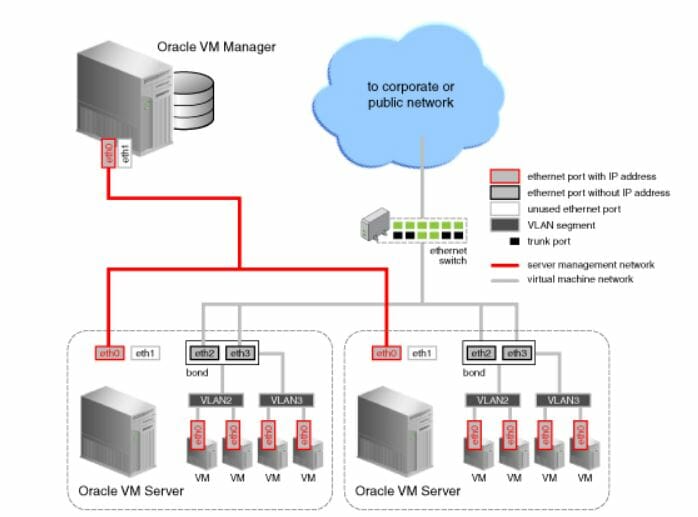
This helps a great deal than you have ever thought of because it helps you create a list of things that could have gone wrong when you hit a snag while using VoIP.
Once you implement the VLAN user groups (802.1x wired) configuration, to a large extent, it means that only domain workstations that have a valid certificate can access internet networks. More importantly, when a dynamic VLAN configuration is affected, you get robust access.
9. Ensure a positive user experience by monitoring rollouts.
When it comes to VoIP best practices, you can’t forget about your user experience. Every now and then, review VoIP metrics, codecs, as well as network performance variables during deployment. This will help you to measure and come to a conclusion about network performance and also to make an informed decision about when to make adjustments to it.
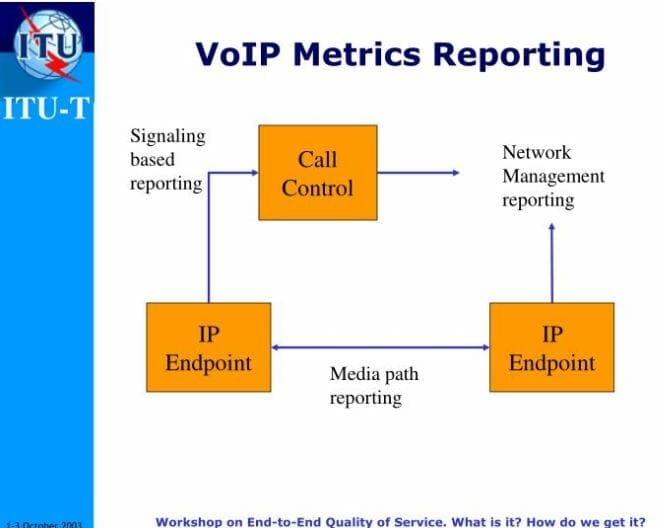
The truth be told, network performance affects VoIP, since VoIP reduces costs and enhances business productivity as well efficiency.
One of the reasons why companies that have embraced VoIP and implemented it face challenges with voice quality is because a proper assessment of their network was ignored, and never performed.
According to Gartner, “75% of enterprises that do not perform a pre-implementation analysis of their IP network will struggle to attain a successful VoIP implementation.”
10. Comparing overall network bandwidth utilization.
When an issue arises with your jitter, the first thing you should do without any panic is to compare and contrast your jitter and bandwidth to know if there is a correlational relationship between the two.
In the event that there is a correlation, there is a high tendency that it might be caused by isolated network factors and you will need a skilled person to help you fix this.
11. Site survey conduction: A must.
Knowing more about VoIP would always come in handy for you when you least expect it, as such better knowledge about VoIP helps with proper VoIP integration. Can you see why VoIP best practices are so important?
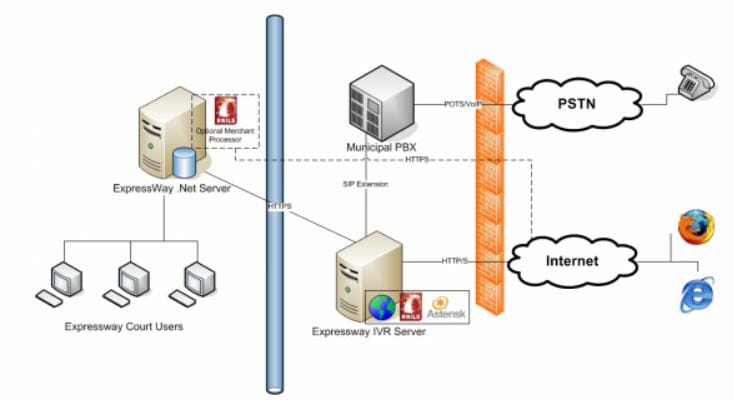
Review current WAN bandwidth by conducting a site survey in order to know the traffic flows as well as chokepoints and existing switches for bottlenecks.
12. Measure call quality components.
This is like test running a car so the battery doesn’t stop working. In VoIP, you need to make sure that your call quality is working at an optimal level by assessing and analyzing jitter, MOS, R-Factor, burst density gap density.
All of these are components or tools for measuring and analyzing VoIP communications.
13. Implementation of Quality of Service prioritization.
A mistake setting your QOS wrongly might lead to reduced call quality and packet delivery delay, this is might tamper with your VoIP traffic.
Here are proven ways that you can use VOIP:
1. Conference calls:
This feature of VoIP allows you to form a perfect, unbreakable bond between your staff, business partners, as well as potential buyers of your service. Following the best practices during this call session is critical.

This is key for every small business as it gives you the flexibility to make your own calls at your own pace without hanging up abruptly on a client. It helps to make your plans much more achievable through constant communication.
2. VoIP helps your business go full-on digital and aids real-time collaboration:
It removes the office barrier, making your phone and laptops your digital office when you’re away from your physical office.
In conclusion, knowing VOIP best practices are critical. VOIP promotes and gives your workforce an online presence where everybody can work remotely like a real office, share information, make plans as well as adjust plans, it also allows you to take your business everywhere you go.
Now that you know the VoIP best practices, we’re ready to help you with your VoIP and integrated business telecommunication needs. We’ve partnered with some of the biggest names in the industry including Cbeyond, Verizon, ATT, Granite, and Vonage.

 866-594-9166
866-594-9166
Leave a Reply